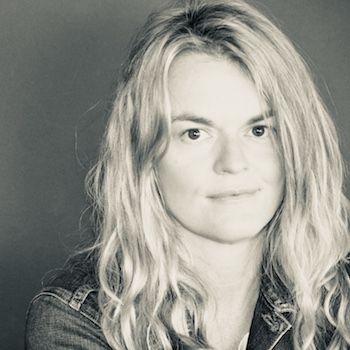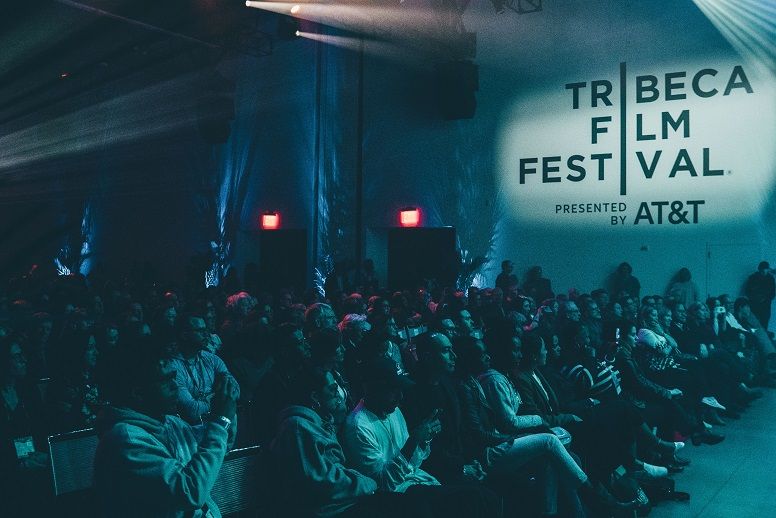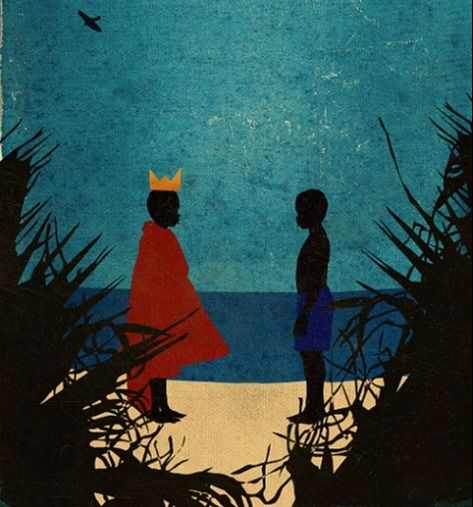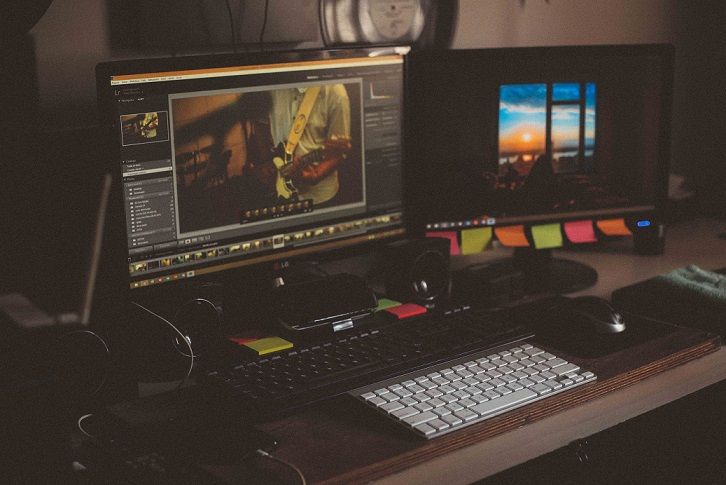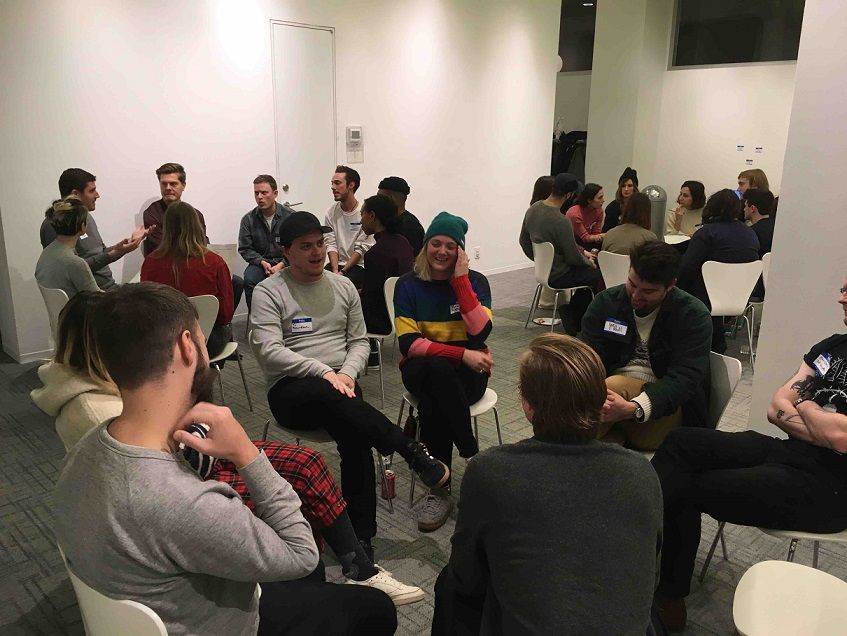If you’re a filmmaker or creative, you probably don’t remember any of Newton’s Laws of Physics (we’d be a little concerned if you did). But, there’s definitely a Law of Momentum for Entertainment that you should commit to heart: The momentum behind your project is equal to the strength of your pitch. Constructing a great pitch deck can be tricky. So we interviewed successful commercial director Lisa Gunning and creative director Julian Gross for their tips, tricks, and secrets behind how to make a pitch deck that stands out and gets you hired ASAP.
Pay close attention during any initial calls or meetings.
Lisa Gunning: You always need some kind of respect for the initial concept. On the call, you can deduce how much you can change that concept—if it needs to be changed—and how much they want you to bring to it. The other thing is working out why they asked you to pitch. Have they asked you because there is something about a particular spot you have done, which is usually the case, that makes you relevant to them? Instead of trying to sell yourself and saying what your ideas are off the bat, it’s more about asking questions so you can respond to the set parameters of what exists. The call gives you the structure for the treatment, which is why I don’t understand how other people can write it for you—you’re the one on the call!
Julian Gross: For me, the first thing to do is to understand what the director/agency is envisioning. What kind of vibe are they going for? Documentary, kids, fashion, sports, super-stylized, modern? The treatment needs to reflect the vision, so it is crucial for you to understand the vision completely.

Length does matter— be concise.
Lisa: Less is more. You can center the whole pitch on 15 incredibly well-crafted images that sum up the aesthetic, the energy, the color palette, and even the sound. You want the pitch to be very decisive. If you show 100 images, it can feel wishy-washy.
Julian: The overall style of the deck is mostly up to the director. Some like it short and sweet, others prefer it very long. I like when decks are short, sweet, cohesive, and packed with great imagery, like a great song that I can play over and over.
Prioritize layout and be deliberate with every decision.
Lisa: Layout is super important. I usually use Keynote when I’m writing and pairing images, but sometimes we put in into InDesign for final tweaks. As for specs, it just needs to be easily opened in PDF form. But what you write must have direct correlation or some relevance to what you’re seeing visually behind it or next to it. It needs to be able to back up everything you are saying. Do that with every page.
Julian: After going over all my notes, I go into InDesign, the industry standard, and create a guide so I know where all my text and images will sit on every page. To me, this step makes the difference between an amateur treatment and a professional one. Stay consistent with alignment. If you want to make a grid of eight images, make sure they are all evenly spaced. Spacing is one of the many little details that one doesn’t really notice if done right. But, if it’s slightly off, everyone will notice.
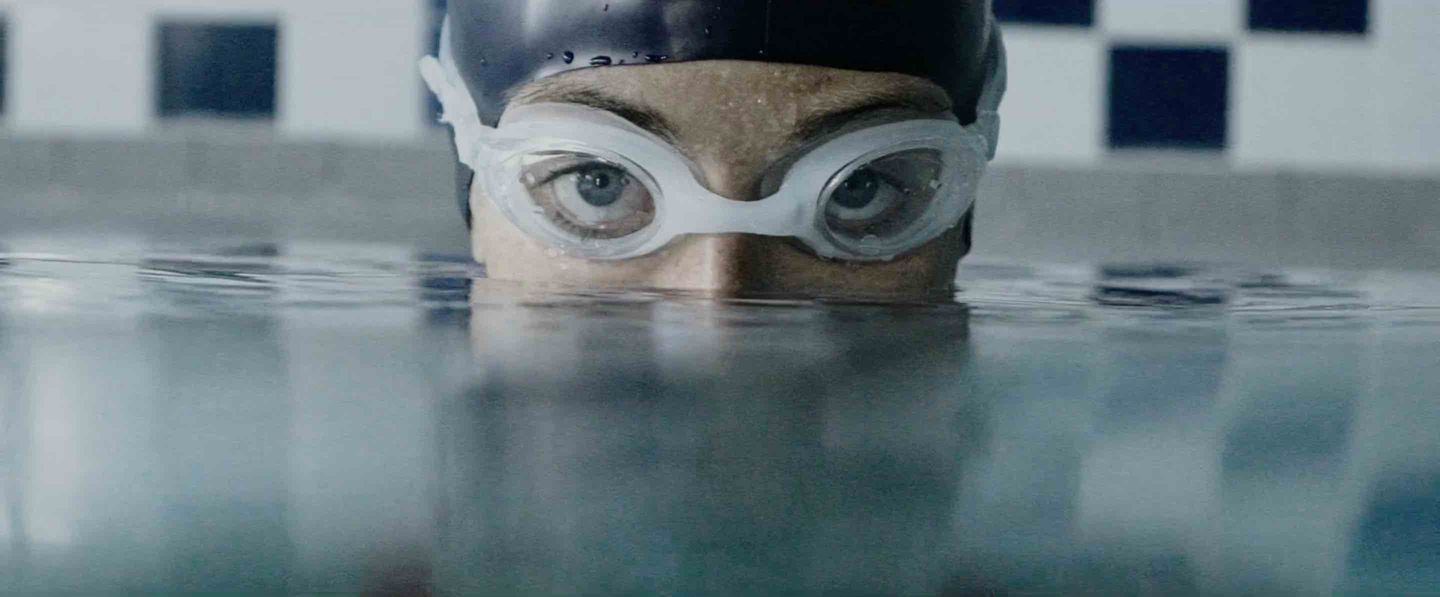
Julian (cont.): The sections of your deck are determined by what aspects are most important to the story. Sometimes the cast is very important. Sometimes it is the location. For example, you might include sections like, “Drone Shots,” or “Low Riders,” because each element is crucial to understanding the story. I've seen Spike Jonze treatments that are one drawing on a napkin. At the same time, I've worked on PDFs that are 80 pages long. Don’t be afraid to have fun with it. Make it yours.
For the most part, these are the general sections people have in their treatment, in no particular order.
INTRO: Include a brief hello and what the project means to you.
LOCATIONS: Where will you be shooting it?
CAST: What kind of people do you envision in it?
CAMERA: How do you want it to look, maybe certain pans, drone, hand held, 35mm, DV, tracking, etc.
FEEL: What is the feel of it? (For example, is it fast, aggressive, warm, or funny? Will you use beautiful natural light, studio lights, etc.)
SOUND: What music do you envision?
SCRIPT: I usually make the words on these pages a different color or font. Make it stand out differently than the rest of the treatment.
THANK YOU: Not everyone has this, but I always think it is nice. A thanks and why you are excited about this project.
Readability is key.
Lisa: Distill your vision into 5-6 bullet points. Having too much text will easily lead people to start tuning out. So, I try to condense the text into its most direct form. The text needs to be very legible. Not gigantic, but it needs to pop out. You’re illustrating a story.
Julian: Keep your fonts and sizing consistent for each type of text. Make all the text in the body one size and make the titles a different size. Pull quotes. You can use "character styles" in InDesign to easily change the text.
First impressions are everything. Take your time on that front page.
Lisa: I have deliberated the front page for days. As the absolute summation of what you plan to do, it’s worth a hell of a lot of thought. Do we choose this one? This one? Or this one? Which picture do I like better? The front page is the first thing a client sees on their desktop, next to treatments from three other people. It’s the first thing they see, so you have to be happy with it.
Julian: You need a great cover image, like an album cover. Sometimes I look up the font of the company and use it throughout the treatment. If it's Target maybe you use their signature red color. I always try to tie it in with the company.
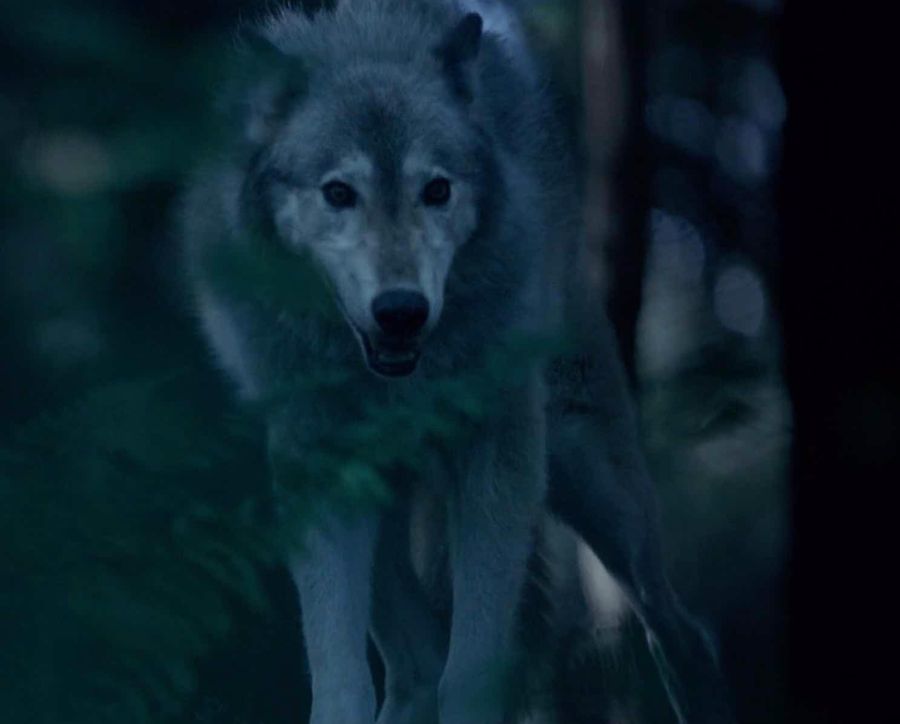

Don’t be afraid to try something different.
Lisa: Feel free to throw in the unexpected into your treatment to bring it to life. I know another director who made a children’s picture book for a treatment. I also know one guy who would do videos of himself presenting all his ideas. He would be like, “Hi guys. I love your script. This is what I really think . . . ” That was it. He never wrote anything down. Really genius. So, you’ve got to think of ways to make yourself and your vision stand out with quirky, crazy ideas that will grab attention.
Julian: GIFs and video can be really helpful to convey your idea. Linking to songs you like is also a good thing to do. Find something that correlates with the project. For example, if it’s about sports, maybe you should make the treatment look like a playbook with a clipboard that holds all the imagery. Is it about a restaurant? Maybe you can make the treatment layout resemble a menu.
Give a f*ck.
Lisa: A level of optimism and excitement goes a hell of a long way. I’ve been told that I’ve won pitches purely because I was so enthusiastic. It’s huge. People are jaded. They’ve been to hell and back for this project. You’ve gotta tell people, “Hey guys this is so fucking exiciting. We’re about to do something really fun and brilliant.” They’ll be like, “Really? You’re happy and excited? Oh my god!”
Julian: Talk about why the project is personal to you. Just be real, be yourself, and be excited about the project. Have fun with the treatment, and make it look cool. You gotta make your pitch true to you, in your voice. If they asked you to pitch on it, they like what you do already.
And one more thing…
Lisa: Pitching as hard as you fucking can is better than doing a bunch of treatments and losing them because you didn’t put enough time and effort into them. Spend the time. Spend all hours of the week if you have to on the deck. Really choose the projects that you pitch on and commit to them.
If you can pitch well, you can do anything. That’s my manifesto. [laughs]

Check out Julian Gross' work here!
Lisa Gunning
Gunning started her career at The Whitehouse Post in Soho, London where she edited a multitude of commercials for top agencies such as Wieden & Kennedy, 72 and Sunny and Mother for Nike, Levis, Adidas, VW, Guinness, Samsung and Landrover. Her work with directors such as Stacy Wall, Daniel Klienman and Jonathan Glazer lead to numerous awards, including D&AD, AICP, and a Gold lion at Cannes.
She met Anthony Minghella while editing a spot for Comic Relief, ‘Drop the debt’ written by Richard Curtis. She then cut ‘Play’ for him as part of the Samuel Beckett season for Film 4 which marked the beginning of a long running collaboration. After working on some musical sequences in ‘The Talented Mr Ripley’, her first feature was Minghella’s ‘Breaking & Entering’ followed by his flagship pilot for ‘The No.1 Ladies Detective Agency’. She went on to edit several other movies including ‘Seven Psychopaths’ for Martin McDonagh and ’Salmon fishing in the Yeman’ for Lasse Hallstrom. Gunning also collaborated extensively with artist and filmmaker Sam Taylor-Johnson, first on her Palm D’or winning short ‘Love you more’ then ‘Nowhere boy’ and ‘Fifty Shades of Grey’. As a Film Editor she has helmed multiple BFI and BAFTA masterclasses and worked consistently on panels and workshops to encourage women and other minorities to find their voice in the film business.
This inspired her to find her own directing voice. In 2014 she wrote, directed and edited her award winning film for the band Goldfrapp based on five stories from their album ‘Tales of Us’. The film was streamed to over 500 cinemas across the world in March 2014. The segment ‘Annabel’ received a GLAAD award. Her collaboration with Goldfrapp continues with a documentary short ‘Tigerman’ currently in post production. Shot during the ancient festival of ‘Pulikali’ in Kerala, India the film centres around the themes of sexuality and identity.
2017 marked a turning point for Gunning and her commercial directing career. A move to LA brought a commission from Nowness for Mini Countryman and lead to numerous anthem campaigns for Kaiser, Hewlett Packard, Glenfiddich, Indeed, Subaru, Pacifico, American Airlines, Google, Honda and the award winning OnStar ‘Horn’ for Campbell Ewald.
Passionate about storytelling, she strives to access core emotion in her films, forensically developing characters and crafting performances.
“I’m interested in making things that move people… laughter, tears… transporting the audience somewhere else…” Gunning says. “It’s magical when that happens.”
